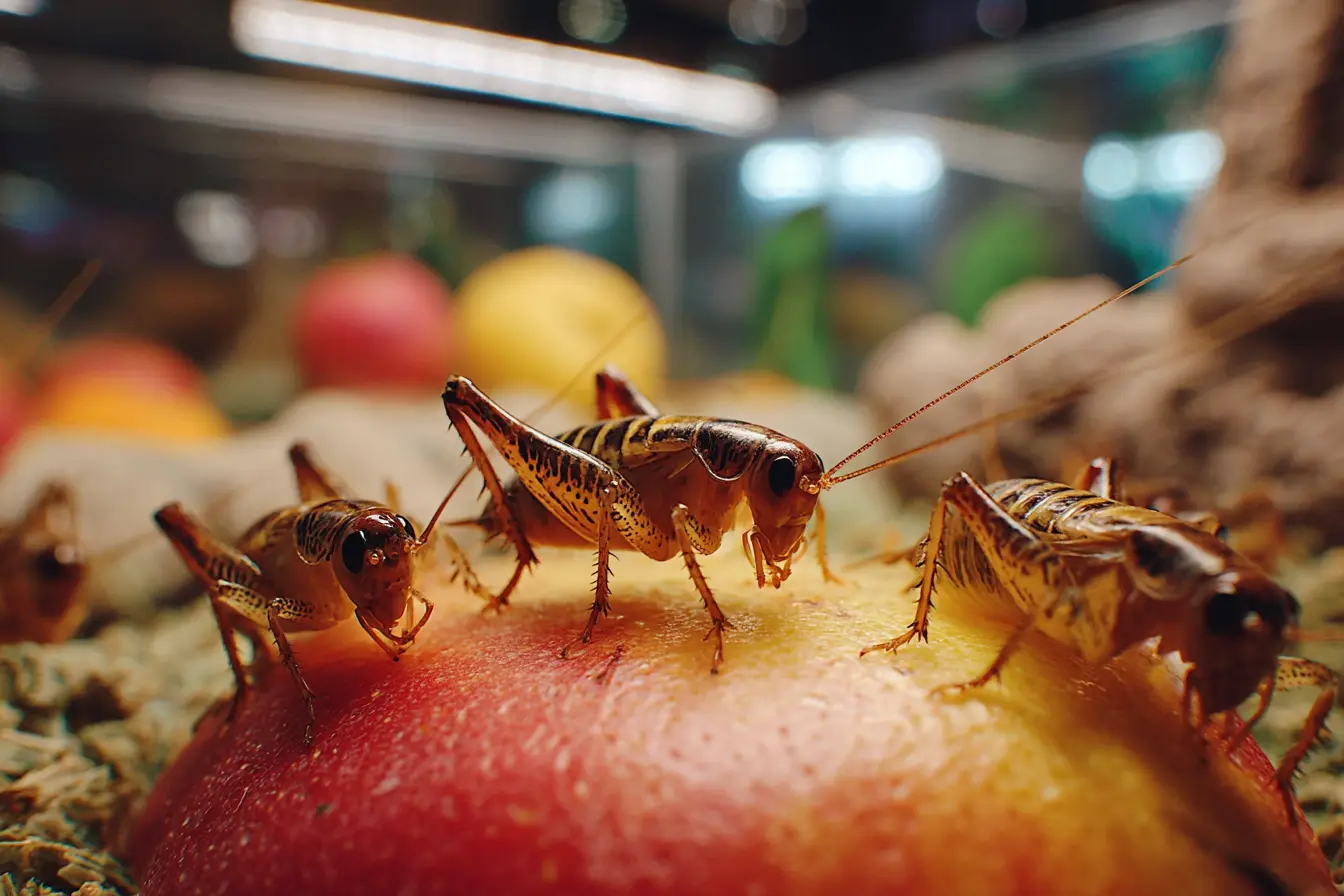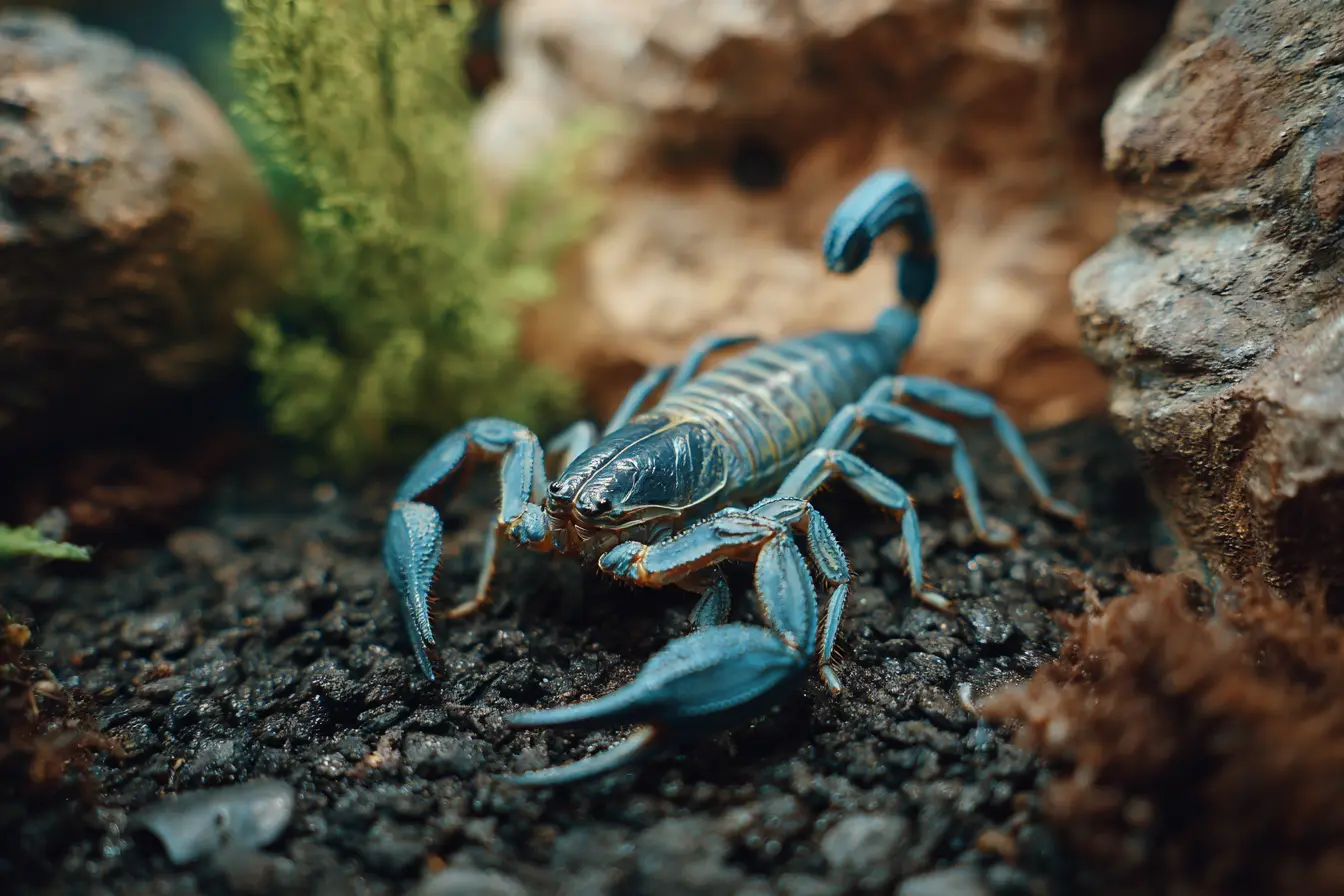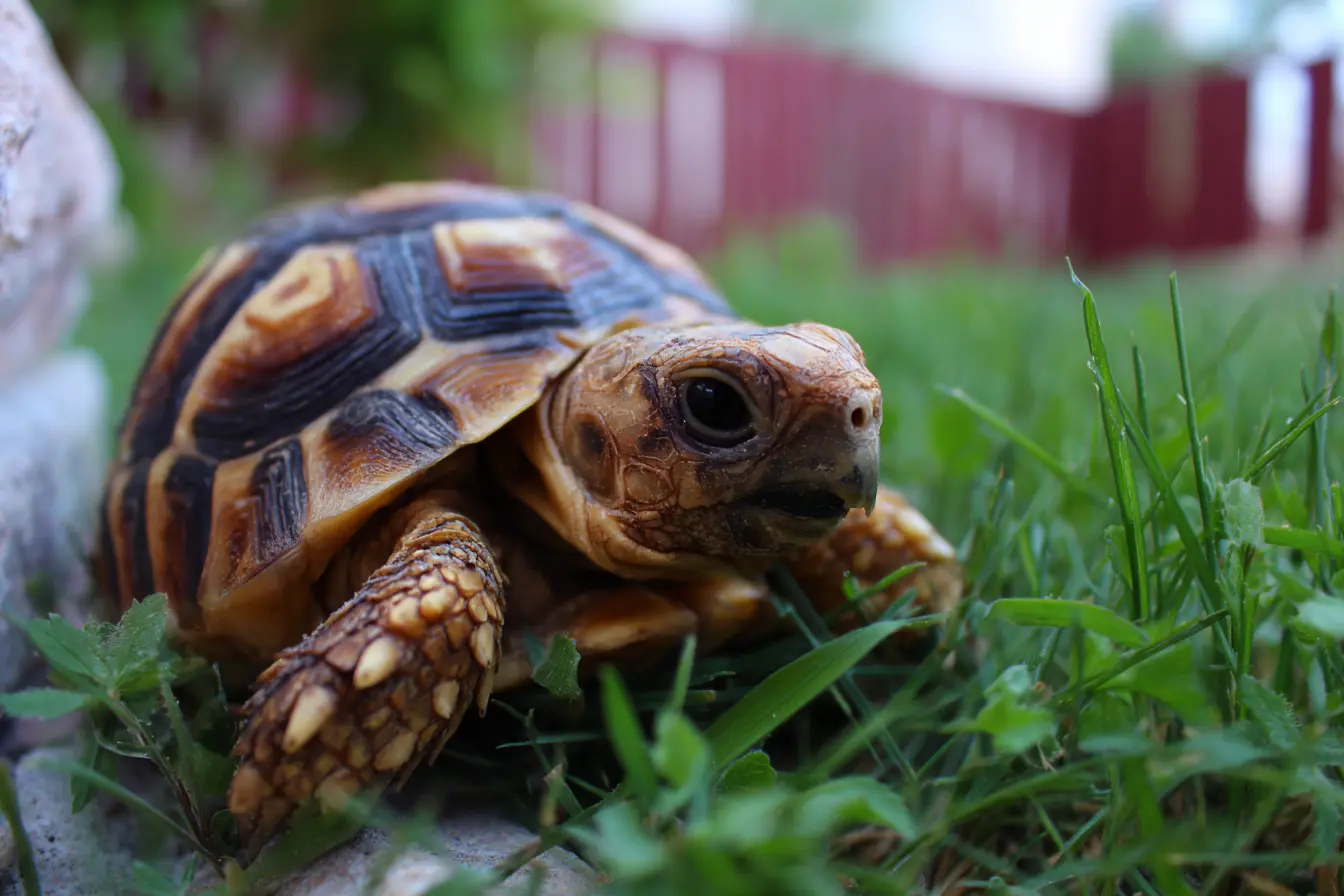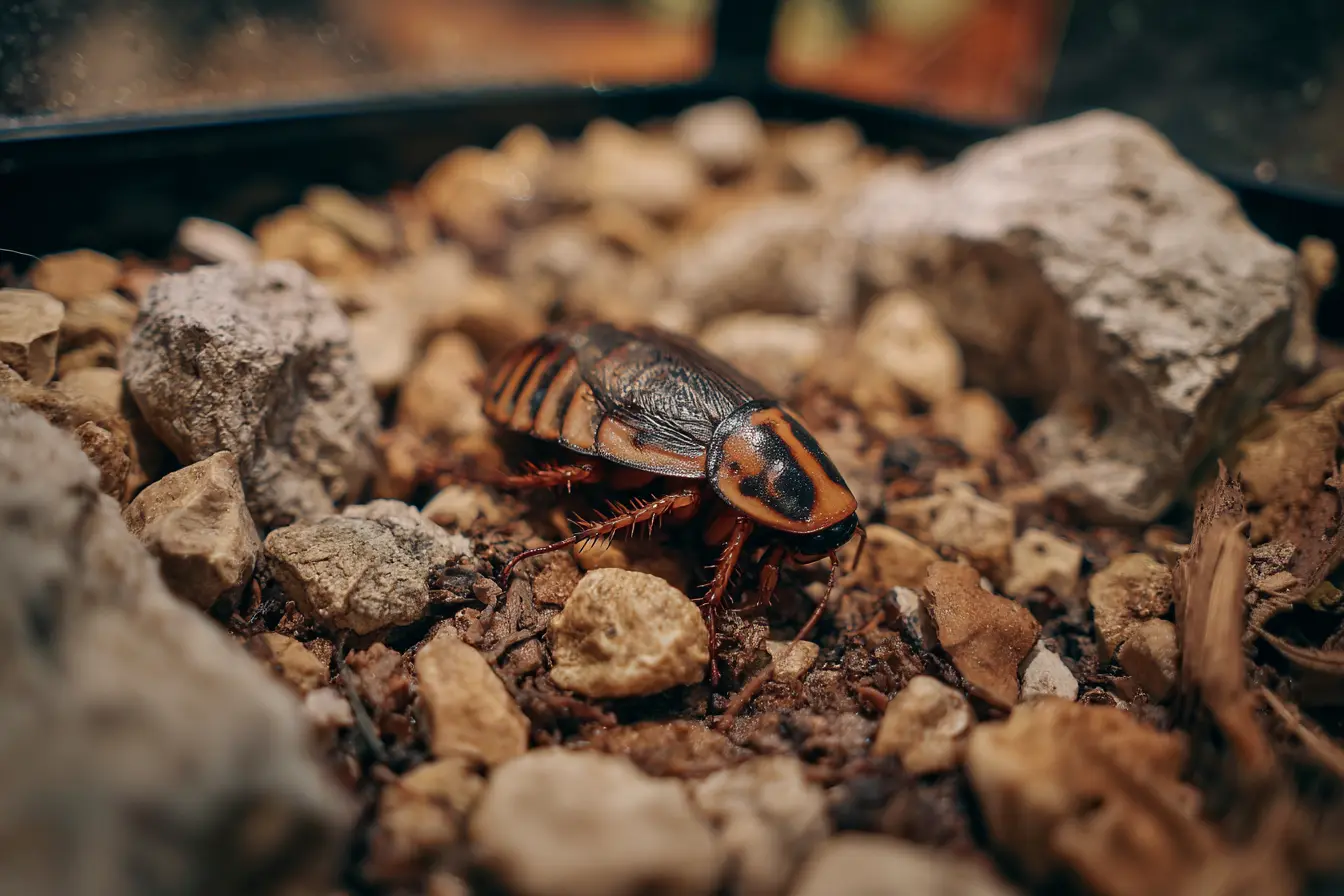
The Complete Guide to Caring for a Marbled Newt
The marbled newt (Triturus marmoratus) is a strikingly beautiful amphibian, admired for its bold green and black marbled pattern and its relatively hardy nature. Native to western Europe, particularly France, Spain, and Portugal, it thrives in seasonal woodland ponds and damp forest floors.
This care guide will walk you through everything you need to know about keeping marbled newts happy and healthy in captivity.
Introduction to the Marbled Newt
Marbled newts belong to the family Salamandridae and are part of the Triturus genus, which includes several large-bodied European newts. Adults can reach lengths of up to 16–18 cm (6–7 inches) and display vibrant green colouring with black marbling and, in breeding males, a tall, jagged crest down the back and tail.
These newts are semi-aquatic and undergo seasonal changes in habitat preference, moving between water and land depending on the time of year.
Is a Marbled Newt the Right Pet for You?
Marbled newts make excellent pets for amphibian enthusiasts who prefer display animals over hands-on interaction. Before choosing this species, consider the following:
- They require both aquatic and terrestrial environments
- They are not suitable for handling due to sensitive skin
- They are best kept in cool, stable conditions
- They can live up to 15–20 years with proper care
- They benefit from a naturalistic, well-planted enclosure
If you're committed to meeting their environmental needs, marbled newts can be long-lived and fascinating to observe.
Housing Your Marbled Newt
Marbled newts go through seasonal behaviour changes and need an enclosure that accommodates both aquatic and terrestrial preferences.
Terrestrial Setup (Autumn–Winter)
Outside the breeding season, marbled newts prefer a moist, land-based habitat.
Minimum enclosure size: 60 x 30 cm for 1–2 newts
Include:
- Moist, organic substrate such as coconut fibre mixed with sphagnum moss and leaf litter
- Hiding spots with cork bark, rocks, or plant pots
- Live or artificial plants to maintain humidity and cover
- A shallow water dish with clean, dechlorinated water
Maintain humidity between 70–80% and temperature between 14–20°C. Avoid high heat.
Aquatic Setup (Spring–Summer, or Year-Round Optional)
During breeding season, marbled newts become fully aquatic. Some keepers maintain them in semi-aquatic or aquatic setups year-round, which is also acceptable with proper care.
Aquatic tank requirements:
- 40–60 litres per adult newt
- Water depth of 20–30 cm
- Smooth substrate (sand or bare bottom for easy cleaning)
- Aquatic plants such as java moss, hornwort, or elodea
- Floating cork bark or rocks to allow for occasional land access
- A sponge or low-flow filter to maintain water quality without strong currents
- Water temperature: 14–20°C
- pH around 6.5–7.5
Use dechlorinated or RO water. Perform regular water changes of 25–30% weekly.
Feeding Your Marbled Newt
Marbled newts are carnivorous and prefer live or frozen protein-rich foods.
Recommended foods:
- Earthworms (cut into small pieces)
- Bloodworms (live or frozen)
- Blackworms
- Daphnia
- Brine shrimp
- Small crickets or soft-bodied insects
- Waxworms (as an occasional treat)
Feed juveniles daily and adults every 2–3 days. Remove uneaten food promptly to maintain water quality.
Handling and Interaction
Marbled newts are not interactive pets and should not be handled regularly. Their skin is delicate and highly absorbent, making them vulnerable to toxins, soaps, and oils from human skin.
If you must handle them (e.g., for enclosure cleaning):
- Wash your hands thoroughly and rinse with dechlorinated water
- Or wear powder-free, moistened gloves
- Keep handling brief and gentle
Enjoy them as fascinating display animals rather than pets to be picked up.
Health and Common Issues
Marbled newts are generally robust in captivity, but their health depends heavily on water and habitat quality.
Common issues include:
- Fungal infections (white patches or fuzzy growth)
- Skin lesions or redness (bacterial infections)
- Bloating or floating (internal issues or poor water quality)
- Lethargy, loss of appetite, or erratic swimming
Maintain clean conditions, feed a varied diet, and quarantine new additions. Seek advice from a reptile or amphibian vet if symptoms persist.
Breeding Marbled Newts
Breeding is relatively straightforward with the right seasonal triggers.
How to breed:
- Simulate a winter cooling period by lowering temps to 10–12°C for 6–8 weeks
- Increase misting or introduce them to an aquatic tank as temperatures rise
- Males develop a crest and perform courtship displays
- Females lay eggs singly on plant leaves
- Eggs hatch in 2–3 weeks; larvae need shallow water and tiny live foods like daphnia
Separate adults from eggs and larvae to prevent predation. Raise larvae in clean, filtered water with plenty of food.
Where to Get a Marbled Newt
Always purchase from a reputable breeder or amphibian specialist. Wild collection is illegal or heavily restricted in most regions, and captive-bred individuals are healthier and better adapted to enclosure life.
Look for:
- Clear, bright skin and eyes
- Active movement, especially in water
- Good body condition (not overly thin or bloated)
- Clean enclosure with correct setup
Avoid newts kept in warm or dry environments, or those showing signs of illness.
Final Thoughts
Marbled newts are a fantastic choice for hobbyists interested in a more naturalistic setup and seasonal amphibian behaviour. With their bold colouring, hardy nature, and fascinating breeding displays, they offer plenty of interest for dedicated keepers.
While not a pet for handling, the marbled newt makes a beautiful and long-lived addition to any cool-climate vivarium or aquaterrarium.
Vets near you
Speciality vets
- Aquatics vet specialists
- Birds vet specialists
- Camelids vet specialists
- Cats vet specialists
- Cattle vet specialists
- Deer vet specialists
- Dogs vet specialists
- Equines vet specialists
- Exotic vet specialists
- Goats vet specialists
- Pigs vet specialists
- Poultry vet specialists
- Sheep vet specialists
- Small Mammals vet specialists
- Wild vet specialists



